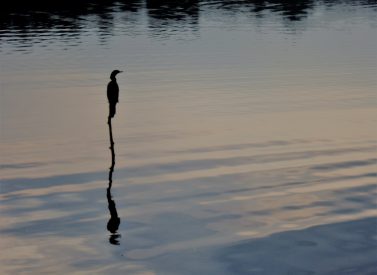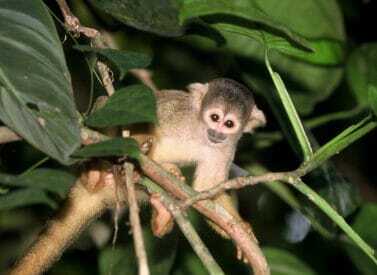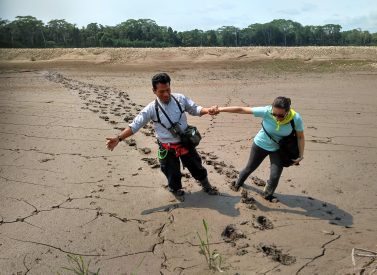
Manu National Park Camping Tour
Explore the Amazon in Manu National Park – Peru’s largest rainforest reserve.
Manu is a jungle area replete with wildlife, journeying into the untouched heart of Peru’s Amazon region.
This is a true adventure – Manu tours take you deep into Manu National Park and into another world.
More on Manu tours
This Amazon adventure has 5, 7 and 9-day options to suit everyone’s schedule.
Manu National Park is situated in Peru’s remote south-eastern corner.
It harbours two distinct eco-systems: cloud forest – home to the bright red cock-of-the-rock and the rare spectacled bear; and Puna – high altitude tundra-like environment.
You can spot up to 13 species of monkey and dozens of other mammal species including jaguar and giant otter.
There are a thousand species of birds – with seven different macaws – plus endangered animals including black caiman and harpy eagle.
As well as wildlife adventure tours, specialised bird and butterfly spotting tours are available in Manu.
Trip Highlights
Print Share Download as PDF-
Explore one of the world's last truly untouched wilderness areas.
-
Incredible wildlife to see, including spider monkeys, giant otters, tapirs, black caiman, jaguars and many more.
-
Adventure into Manu National Park and get close to nature.
-
More than 1,000 bird species, including seven types of macaw.
-
Enjoy several eco-systems from Andean cloud forest to elfin forest to the thick Amazon rainforest.
-
Comfortable lodges and camps with great food in the heart of the forest.
Every aspect of my trip to Manu was above and beyond my expectations!
E. Powell, Manu National Park
Full Itinerary
Day 1 (Wed): Drive Cusco to cloud forest - Posada San Pedro (L,D)
Leaving Cusco we head over the Andes, stopping for a coffee at the small colonial town of Paucartambo. Continuing, we climb to the highpoint of the Manu Biosphere at about 3,800m/12,467ft before descending into cloud forest.
In these green and moist surroundings we take our first long walk. There are many bird species to be seen among which the beautiful paradise tanager, umbrella bird and the golden headed quetzal.
Among its butterflies are clouded yellows and various skippers.
The cloud forest has three monkey species: the woolly monkey plus the two capuchin monkeys of Manu – which we try to spot.
We spend our first night in the rustic lodge at Posada San Pedro (1,600m/5,249ft approx).
Day 2: Cloud Forest - Cocha Machuhuasi - Lodge (B,L,D)
At daybreak we continue by bus to tropical lowland rainforest. Here at the small village of Atalaya, we change into a motorized canoe to navigate for some two hours down the turbulent Alto Madre de Dios River, where we get great views of the Andes.
We stop for a visit of one of the very view lakes on the Alto Madre de Dios River, where you can go around on small traditional rafts. For the next three nights we stay at the Pantiacolla lodge, right at the foot of the Pantiacolla Mountain Range.
The forest of Pantiacolla Lodge is a very special rainforest: this is where the Andes and the lowland tropical rainforest meet and provides the visitor with a chance to see a good selection of birds and plants from both zones as well as endemics to the area.
Your first hike will be on the lowland trails, at 400m above sea level. Also at night, we explore the forest by torchlight looking for insects, snakes and the uniquely nocturnal night-monkey or ‘douricouli’.
We spend the night in lodge.
Day 3: Clay lick for parrots - Monk Saki Trail - Lodge (B,L,D)
Early in the morning the boat takes you to a nearby clay lick for parrots and the rare blue-headed macaw. Their spectacle is both impressive to see and to hear!
Afterwards we visit the trails of Pantiacolla to see more of its over 600 bird species. We’ll also look for its eight monkey species, such as the dusky titi monkey or the elusive monk saki monkey. Also keep alert for other mammals such as the white lipped and collared peccaries, ocelots, squirrels, bats and red brocket deer.
At night we visit Ranacocha – Frog Lake.
Overnight in lodge.
Day 4: Hot springs - Lodge (B,L,D)
In the morning we walk on some of the many trails around the lodge, and hope to see more monkeys and maybe coatis or even a tayra hunting for small creatures in the trees.
By now, we can start to distinguish some of the trees in the forest, such as the Ceiba (kapok), the capirona (naked tree) and several palm species.
After lunch, the boat takes us to the Hot Springs of Shintuya for a relaxing mineral bath.
The night is spent again at the lodge.
Days 5 & 6: Lake Salvador and Lake Otorongo - camping (2 x B,L,D)
This morning we turn up the Manu River. From our vantage point we will have great views of riverside birds, sunbathing caiman, and the enormous aquatic guinea pig, the capybara.
We reach our campsite deep inside Manu in the afternoon. This will be our base for the next two days, during which time we will hike through virgin forest and explore by mini catamaran one of the most beautiful ox bow lakes in the Manu basin, Lake Salvador.
There is a chance to see a huge variety of colourful birds, numerous species of monkey and with luck, a family of giant otters. A hike through the forest takes us to Lake Otorongo and a 20 metre-high observation platform that overlooks the lake.
At night we can explore the forest by torchlight or go moonlight caiman spotting on the lake.
Day 7: Lake Salvador - Macaw Lick - jungle lodge (B,L,D)
An early morning start boating down the Manu River gives us a good chance to spot the bigger and rarer animals at the river shores.
It could be one of the over 5m/16ft long black caiman, a tapir or giant anteater, a sloth swimming across or even the most magnificent of New World cats, the jaguar.
Joining the Madre de Dios River we arrive at Blanquillo, near the clay lick for macaws.
In the afternoon we climb the 42m/138ft high canopy tower, which gives us an excellent view over the resplendent rainforest canopy.
We spend the night in the jungle lodge Tambo Blanquillo.
Day 8: Macaw Lick - jungle lodge (B,L,D)
At first light we head to the macaw lick to watch the dazzling spectacle of hundreds of parakeets, parrots and (hopefully) big macaws eating clay.
In the afternoon we visit another one of Manu’s beautiful oxbow lakes or visit a the high canopy tower.
We spend the night again in the jungle lodge Tambo Blanquillo.
Day 9: Blanquillo - Boca Colorado - Cusco (B,L)
Back on the boat early in the morning, we head downstream to the small mining village Boca Colorado. Here and in Mazuco later on, you can see the negative effects of certain human activities on the delicate ecological balance of the rainforest.
We take local transportation till crossing the Inambari River. On the other side, our bus is waiting to take you over a newly paved road, through beautiful cloud and elfin forest.
Near Cusco, you have stunning views of the Ausangate Mountain. Cusco is reached in the early evening and the tour ends.
Prices From $2,340 / £1,902 per person
What's Included?
Transport to, from and around Manu, meals as listed, all trips as specified, including transport, treks, English-speaking guide, lodges and camping accommodation (tents and mattresses), entry fee to Manu Reserved Zone approx. USD 50, treated drinking water, guidebook about Manu, sheets and bedding
What's Not Included?
Alcoholic and soft drinks, international flights (we can look for these for you), insurance, personal items, mosquito repellent, tips.
Accommodation
Amazon: Lodges with twin or double beds, and mosquito nets. Shared bathroom and showers. Or camping, with toilet tents.
Every night you will encounter clean and functional showers and toilets and a comfortable bed. Your environmental impact will be as low as possible by sharing showers and toilets and a limited use of electricity.
Day 1: Posada San Pedro. A small eco-lodge with double and triple rooms with comfortable beds and mosquito netting. There are shared hot water showers and toilets and a dining area. The lodge is located in lower cloud forest, at about 1,600m/5,250ft.
Days 2-4: Lodge – a nice eco-lodge with double rooms with beds and mosquito nets and shared showers and toilets. There are five rooms with private bathrooms, please ask for availability. The dining room has a small forest exhibition and the traditional “sapo” (frog) game of Cusco. It has an extensive trail system, taking you through 8 different habitats. The lodge has a bird list of 600 species.
Days 5-6: Camping Huts near Lake Salvador inside Manu’s Reserved Zone, the best protected area of Manu. These huts consist of little rustic huts raised from the forest floor. Each hut has two normal beds, and is surrounded by mosquito netting to keep the insects out, but assuring you can look out at Manu’s incredible rainforest at any time. There are shared showers and toilets and a dining area.
Days 7-8: You spend in Tambo Blanquillo. A tambo is a long platform with divisions to make private single, double or triple rooms. There are shared, hot, showers and toilets and a dining area. This lodge is located at about 10 minutes boat travel from the well-known Blanquillo macaw lick.
Tour Staff
Amazon: A mix of Cusco-based and Manu-based, English-speaking guides will lead you through the Amazon.
Many of the boat captains and staff at the lodges/camps are from the indigenous Machiguenga community.
Meals
Amazon: Not typical Peruvian food, nor typical tourist food! It is food that lasts in the heat and humidity of the tropical rainforest.
For breakfasts there are omelettes, scrambled eggs, pancakes etc.
Lunches in general consist of cold salads, since it is usually hot at that time of the day.
Dinners feature soups (great Peruvian soups!), a main course with meat for the first few days of the tour, then beans or lentils towards the end of the trip. Desserts of fresh fruits or puddings etc are served with dinner.
As well as much mineral water as you need, there are lemonades, coffee, tea, chocolate and herbal teas. En route, there are places where one can buy beer or soft drinks, but you have to pay for those yourself.
Activity Level
Amazon: The Amazon is very hot between midday and early afternoon, so we rise early, between 0600 and 0700, to catch the animals at dawn when they are very active.
Some trips, such as macaw lick, require an earlier start. We leave the lodge early, go on an activity, and then relax when the sun is at its hottest.
As the day cools, we head off in the afternoon and in the evenings go on hikes or caiman spotting. Maximum walking time is 1-2 hours.
Practical Information
Introduction to Peru
Peru is the perfect holiday destination for adventure travellers that want an amazing variety of activity, geography and cultural travel experiences.
The breadth of travel experiences in Peru is breathtaking – from trekking in the Andes to Machu Picchu to the tropical jungle of the Amazon, and plenty in between.
The people of Peru make it a special destination too, with its colourful and traditional street life and friendly locals.
Geography of Peru
Peru is made up of 3 distinct geographical areas: the coast, the mountains and the jungle.
The costa or coastal region is a narrow ribbon of desert 2,250 km long, crossed by fertile river valleys flowing from the Andes. It takes up 11% of the country and holds more than 40% of the population.
The cold Humboldt current gives rise to a blanket of mist – the garua – which hangs above coastal cities like the capital Lima from May to November.
Heading east, you’re soon climbing above the garua and into the Andes. The sierra, or mountainous region, covers some 25% of Peru’s territory and contains 50% of the population. The sierra inhabitants are mainly Indigenous or Mestizo, and many still speak Quechua or Aymara.
The sierra contains dozens of 6,000-metre snow peaks and volcanoes, including Huascaran (6,768m) the highest mountain in the tropics. The deep valley basins contain most of the towns and arable land; the terracing and canal systems of the Incas and pre-Incas are often still used today.
The eastern Andes are heavily forested up to 3,350m and sweep down into the Amazon Basin.
Peru’s selva or jungle makes up almost two thirds of the country’s area, but holds only about 6% of the population: the only towns with significant populations are Iquitos and Pucallpa.
Weather in Amazon of Peru
The Amazon rainforest
Year-round, weather conditions are hot and humid and there is always the risk of rain
There is a ‘dry season’ in Tambopata and Manu between May and October. The average daytime high temperature is between 25°C and 34°C and the average nighttime low is between 16°C and 22°C. Heavy downpours typically occur every few days.
Around 80% of annual average rainfall – approx 2,000 mm in Manu and Tambopata and 1,400 mm in Iquitos – occurs in the wet season Nov-April.
On rare occasions, between May and September, cold fronts from Argentina – ‘friajes’ – can sweep into southwest Amazonia and push temperatures down to 9° C. (Friajes usually last between 1 and 3 days).
Kit list
Good kit is vital for every trip.
Book with Andean Trails and get 15% off Páramo’s fantastic ethical and high performance outdoor gear.
You can also read our blog about a day in the Amazon rainforest of Peru.
Detailed kit list
- The original and a photocopy of your passport.
- Yellow fever inoculation certificate.
- Good binoculars.
- Tight-weave, light weight long trousers.
- Quick dry socks.
- Rain suit or long poncho (100% waterproof – test before you leave home).
- Long-sleeved tight-weave shirts.
- T-shirts.
- A bottle or canteen to carry water on outings (1-2 litres).
- Sunscreen (factor 30+) and lip salve.
- A broad-brimmed hat that will not come off on windy boat-rides.
- 1-2 pairs of shorts.
- Sunglasses with UV filter.
- A pair of trainers.
- Ankle high, hiking boots.
- Insect repellent.
- Towel & wash-kit.
- Wet Wipes/antiseptic hand-wash cream.
- Head-lamp (plus spare bulb and batteries).
- Personal first-aid kit to include: painkillers, plasters (band-aids), moleskin, anti-biotic cream, general antibiotics (ask your GP), after-bite (tiger balm), anti-diarrhoea tablets, throat lozenges, re-hydration salts & personal medication.
- Cash (small denomination bills) for souvenirs at the lodge, alcoholic beverages, etc.
- A small day pack, 30 litres.
- Camera and film / memory cards (take at least twice the amount you think you will need!).
- Book, e-book, mp3 player/ipod or other to help pass the time.
- Spanish/English phrasebook.
- Extra snacks i.e. cereal bars or favourite chocolate bars.
Please note: Guests should arrive in clothes which they do not mind getting slightly dirty or wet, and should wear footwear that is suitable to walk on a rainforest trail. Sun cream, insect repellent, hat and waterproof clothing should be carried in hand luggage and kept accessible for the journey to the lodge.
You may want to keep your binoculars and camera handy, too.
All bedding, toilet paper etc. is provided at the lodge (or camp, if camping).
ATOL holiday protection
Andean Trails has 25 years of experience of putting together the best South America holidays.
We pay a fee to the CAA for every licensable passenger we book since we hold an Air Travel Organiser’s Licence granted by the Civil Aviation Authority. In the unlikely event of our insolvency, the CAA will ensure that you are not stranded abroad and will arrange to refund any money you have paid to us for an advance booking.
We also offer ATOL (Civil Aviation Authority) protected holidays to give our customers peace of mind when booking and travelling.
When you buy an ATOL protected air holiday package from Andean Trails Ltd you will receive a Confirmation Invoice from us confirming your arrangements and your protection under our Air Travel Organiser’s Licence number 6275.
You can read more about ATOL, who is covered and what protections you have if not ATOL-covered, on our ATOL page.
What is ATOL?
The CAA’s ATOL scheme offers protection to your money and your holiday if you book with us. Not everybody is covered (see ‘Who is covered?’ for more), as you must purchase an ‘air package holiday’ with Andean Trails to be protected.
And ‘air package holiday’ is defined as including a flight and some ground services (hotel, transfer, trek etc). This is also known as an ‘ATOL-protected holiday’.
Who is covered?
To be covered by ATOL, you must book a flight and some ground services with us and be from the UK. If you are from the UK and only book ground services and no flights, you are not covered by ATOL (see below for more on how non-ATOL clients are covered).
If you are outside the UK and buy flights with us, you will be ATOL protected IF any of the flights booked with Andean Trails touches/stops in the UK at any point during your holiday package booked with us.
If you buy your flights elsewhere, please check with that agent if you are ATOL protected. Be careful with online flight purchases and make sure you know what protection you have, if any, before paying for flights.
Not all holiday or travel services offered and sold by us will be protected by the ATOL scheme. Please ask us to confirm what protection may apply to your booking.
For land only holidays not involving any air travel, in accordance with “The Package Travel, Package Holidays and Package Tours Regulations 1992”, all UK passengers booking with Andean Trails Ltd. are fully protected for the initial deposit and subsequently the balance of all money paid to us, arising from cancellation or curtailment of travel arrangements due to the insolvency of Andean Trails.
I’m not ATOL covered, what protection do I have?
If you are not ATOL covered, any payments you make to us go to a Trust account.
We can only access this money once your tour has been completed, meaning that if anything happens to Andean Trails Limited while you are on holiday, then your money is secure and you can either complete the trip or be able to make it home.
If you pay for your holiday with a credit card, some offer payment protection – please check with your cardholder.
You also should have cancellation protection written into your insurance (which we recommend you have at the time of booking) in case you need to cancel.
Peru’s Amazon Rainforest
Peru boasts in its Amazonian region a vast swathe of world-class tropical wilderness with several rain forest and cloud forest reserves which are home to an immense diversity of wildlife.
Accessible from Lima, Iquitos or Cusco, the Amazon jungle is just a short flight away.
In Peru’s southeast lies the extraordinary region comprising the Tambopata National Reserve and the Bahuaja Sonene and Manu National Parks, with the greatest animal and plant diversity anywhere in the world.
Whether you choose to base yourself at a comfortable lodge or enjoy a more demanding camping trip, you can be sure of a unique, exhilarating and unforgettable experience.
Arequipa & Colca Canyon, Peru
The beautiful colonial city of Arequipa is replete with history and culture, and is the gateway to the condors of Colca Canyon.
Nestled at 2,325m/7,627ft, the ‘white city’ sits at the foot of three tremendous volcanoes: El Misti (5,821m/19,098ft), Chachani (6,075m/19,930ft) and Pichu Pichu (5,542m/18,182ft).
Arequipa’s attractions include the Cathedral, Compañía de Jesús Church, Santa Catalina Convent and the Dama de Ampato (Juanita Mummy) Museum.
With a year-round spring climate and sunshine guaranteed for 300 days of the year, it is the perfect place to begin acclimatising before continuing upwards.
Nearby is the famous Colca Canyon. At hundred kilometres long, this incredible gorge is said to reach a maximum depth of 3,400m/11,155ft – twice that of the Grand Canyon.
An overnight tour to Colca gives you the chance to see the iconic, soaring condors of the canyon.
Cusco, Peru
Cusco is the archaeological and cultural capital of South America.
The one-time centre of the vast Inca Empire is a bustling highland city with bags of character.
Its whitewashed streets and plazas feature a fascinating blend of Inca and Spanish colonial stonework and offer endless possibilities for exploration.
You don’t have to venture far to find outstanding examples of high quality Inca architecture, including the monumental temple fortress of Sacsayhuaman.
There is also the fertile farming land of the Sacred Valley on the doorstep, with many Inca terraces, temples and fortresses, plus colourful local markets and small villages.
At night, Cusco offers an excellent array or restaurants and bars plus the continent’s best Andean folk music scene.
Kuelap, Peru
In the northeast of Peru lies Kuelap – the jewel in the massive archaeological crown of the Chachapoyas Cloud People.
The mystical structure of Kuelap – dubbed the Peru’s second Machu Picchu by locals – is 1,200 years old.
It features massive limestone walls towering 60 feet, pottery, bones and hundreds of mysterious round stone structures, and away from the crowds of other sites.
This is a remote area of sub-tropical valleys, half way down the eastern slopes of the Andes. The jungle is impenetrable, dense with low trees, bromeliads, bamboos, orchids and mosses.
Lake Titicaca, Peru
Lake Titicaca, at around 4,000m/13,123ft above sea level, is a vast shimmering body of water on the Peru/Bolivia border.
It is the world’s highest navigable lake, set against a breathtaking background of towering ice-covered Andean mountain peaks.
The islands and shoreline of Lake Titicaca support many Indian communities, including the well known floating islands of Uros and the more remote islands of Taquile and Amantani. Here, traditions are strong and it appears time really does stand.
Agriculture, fishing, knitting and weaving are important to the islanders and by staying a day or two you gain just a small insights into this traditional way of life.
Islanders welcome tourists into their homes and this is a wonderful opportunity to experience island life.
Lima, Peru
Lima, the capital city of Peru, is a vibrant bustling place with a wide variety of things to do.
Stroll or bike around the historic centre, visiting the many museums or just chilling out in a café or restaurant in Miraflores.
In Parque Kennedy you can sit outside in Parisian fashion and watch the world go by in cafes and restaurants, or walk to the shore and the cliffs overlooking the Pacific Ocean.
There are a number of artisan shops & market stalls, plus a big silver jewellery trade, and a burgeoning number of top end restaurants with delicious food.
The centre of Lima is home to impressive Colonial architecture – Plaza de Armas has the Palace, official residence of the president, on one side, and on another is the Cathedral.
San Francisco Church, home of the Catacombs, is well worth a visit, as is the Inquisition museum.
Machu Picchu, Peru
Nothing says Peru quite the way Machu Picchu does.
The Lost City of the Incas, perches dramatically on a ridge-top 400 metres above the Urubamba river. The extensive site, with its many terraces, temples and palaces, is set amid a beautiful landscape of deep gorges and thickly forested mountains.
When Machu Picchu was rediscovered early in the 20th century and cleared of forest, it was found to be very well preserved. It has since presented archaeologists with many unanswered questions regarding the role it played in Inca times.
The sense of grandeur, whether you arrive on the Inca Trail or not, is impressive.
Try to arrive early at the site to enjoy it at its best – and late afternoon can often see you almost alone in the ruins.
The Cordillera Blanca and Huayhuash, Peru
North east of Lima, the Cordillera Blanca offers fantastic mountain scenery and some of the best trekking and climbing in the Andes.
The Cordillera Blanca boasts dozens of peaks over 6,000 metres, including Peru’s highest Huascaran at 6,768m/22,205ft above sea level.
The Blanca range also contains the world’s largest concentration of tropical glaciers.
This is an ideal destination for treks, from just a few to 12 days or so and also an ideal starting place for learning or improving mountaineering skills.
The nearby Huayhuash mountain range contains a dazzling array of snow peaks including seven summits above 6,000 metres.
This is a trekking paradise with breathtaking majestic panoramas and stunningly remote and picturesque camping spots. There is no better place to visit to get away from it all.
Prices From $2,340 / £1,902 per person
2025 prices per person (4+ people), shared room basis
7 days (every Fri) USD 1,990 pp
*CONFIRMED DEPARTURES 2025: 27 JUN,12 SEPT
9 days (every Wed) USD 2,340 pp
2 people: USD 4,000
2 people: USD 3,500 pp
Shorter stays possible
Single supplement applies


Dates & Prices
Prices From $2,340 / £1,902 per person
2025 prices per person (4+ people), shared room basis
7 days (every Fri) USD 1,990 pp
*CONFIRMED DEPARTURES 2025: 27 JUN,12 SEPT
9 days (every Wed) USD 2,340 pp
2 people: USD 4,000
2 people: USD 3,500 pp
Shorter stays possible
Single supplement applies
Can’t find what you’re looking for? Get in Touch
+44 (0)131 378 5593
+44 (0)131 554 6025



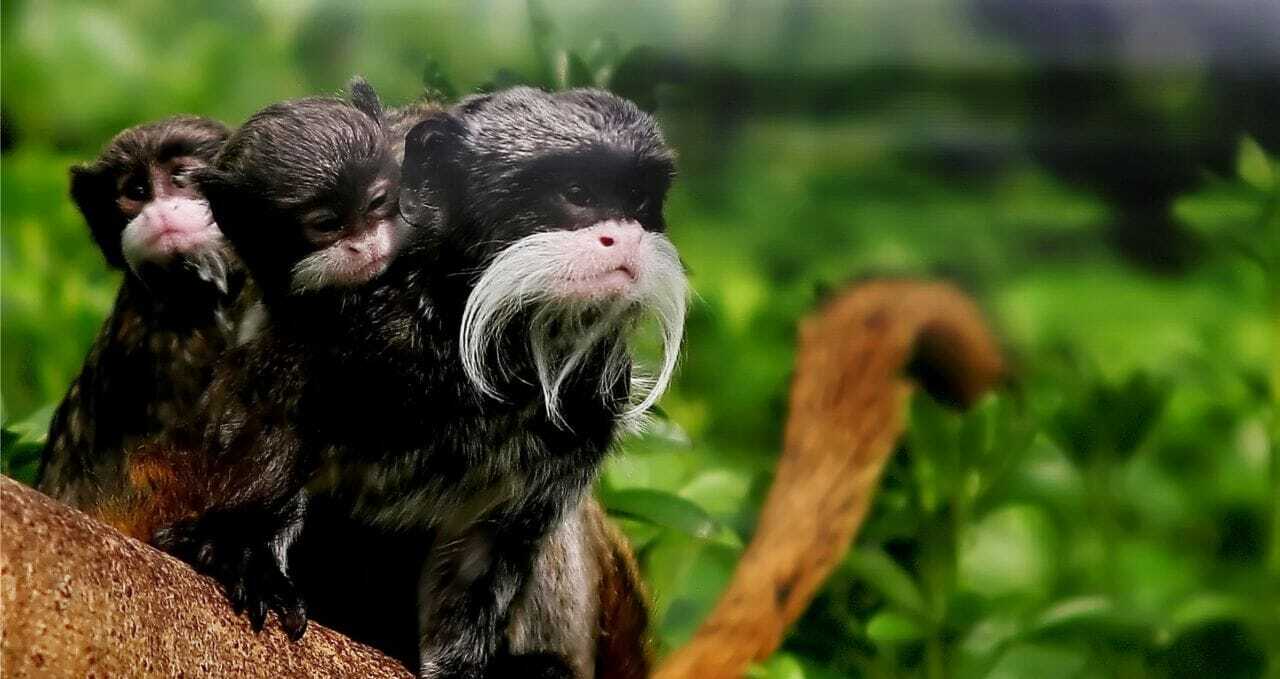
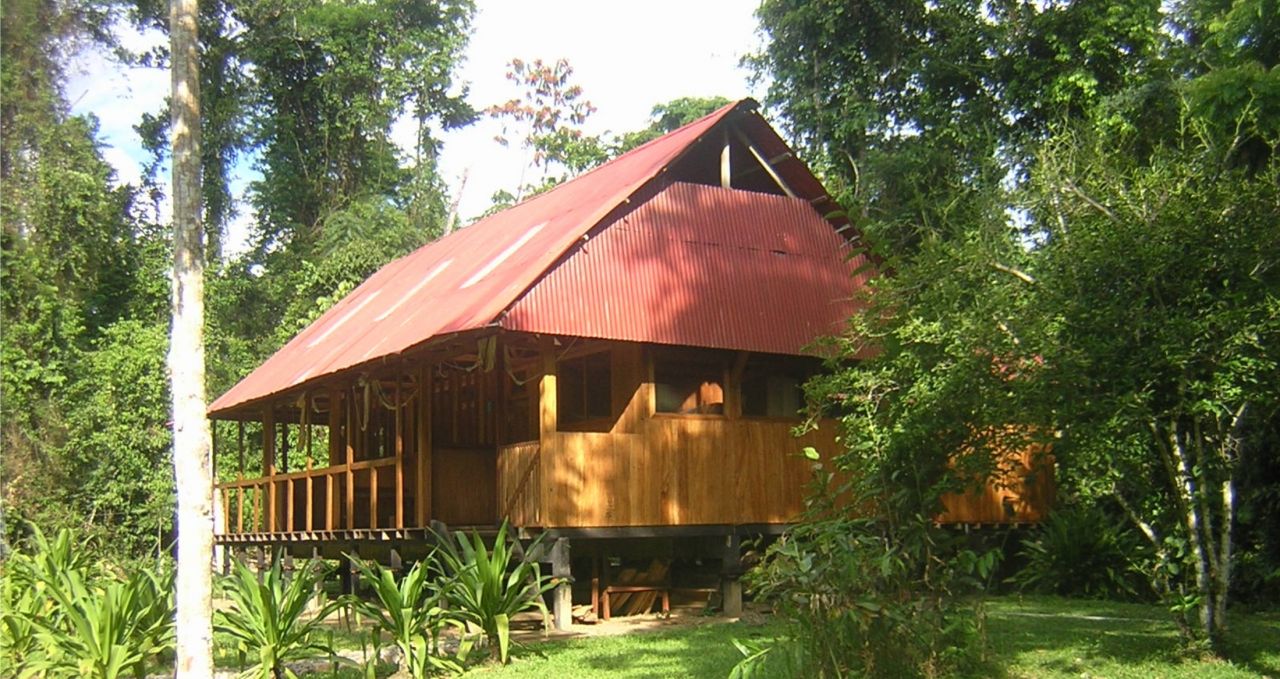
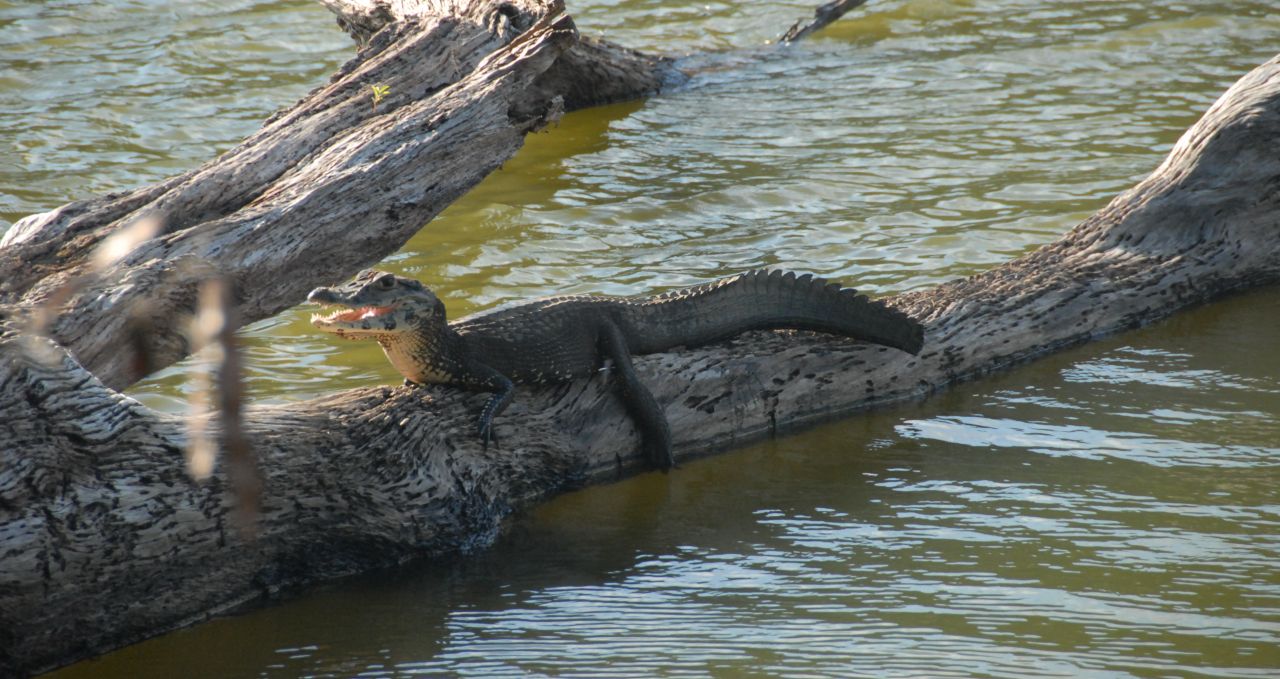
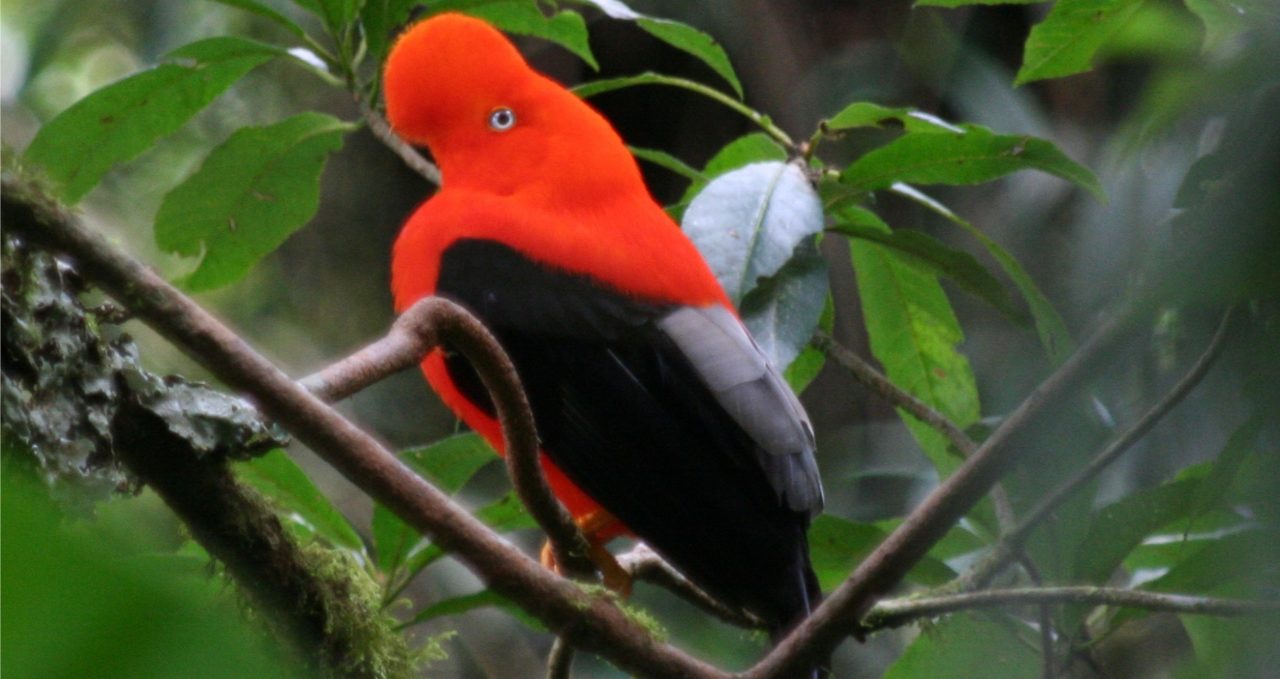
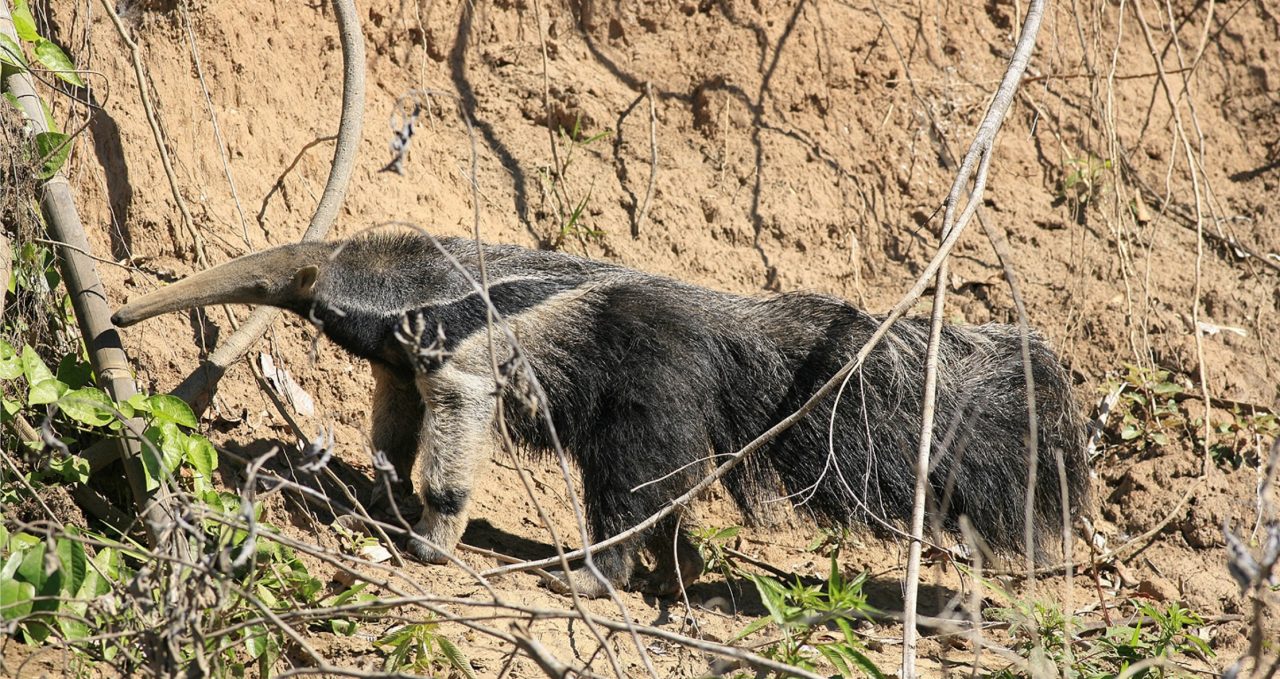
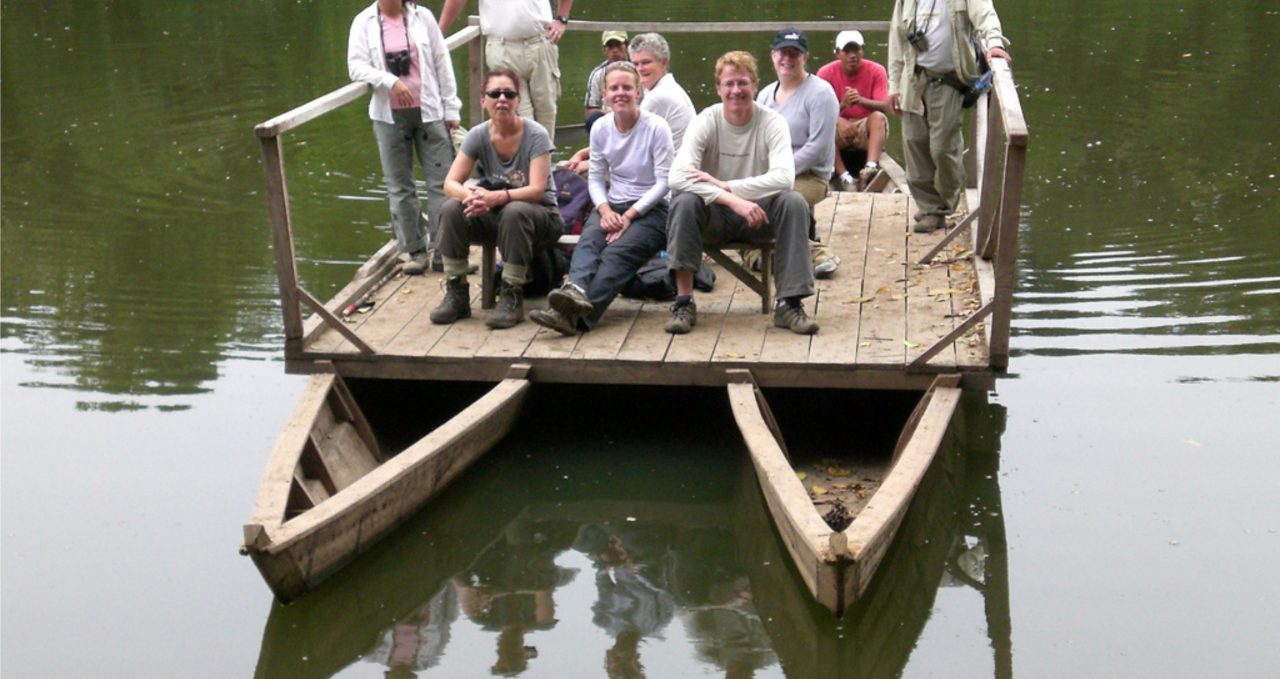
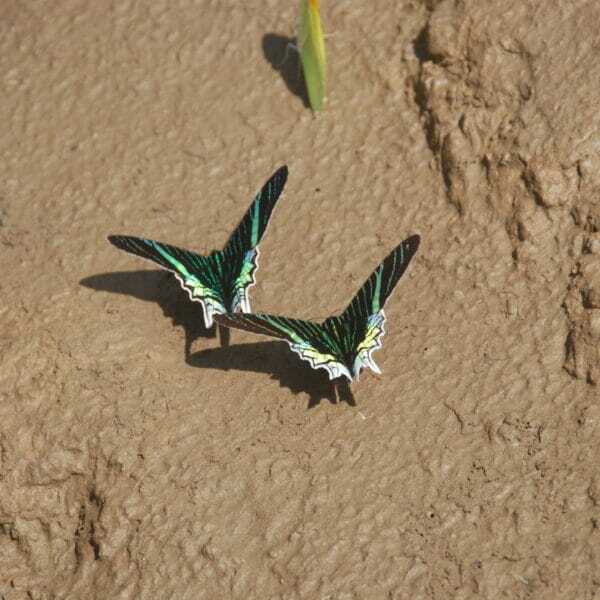
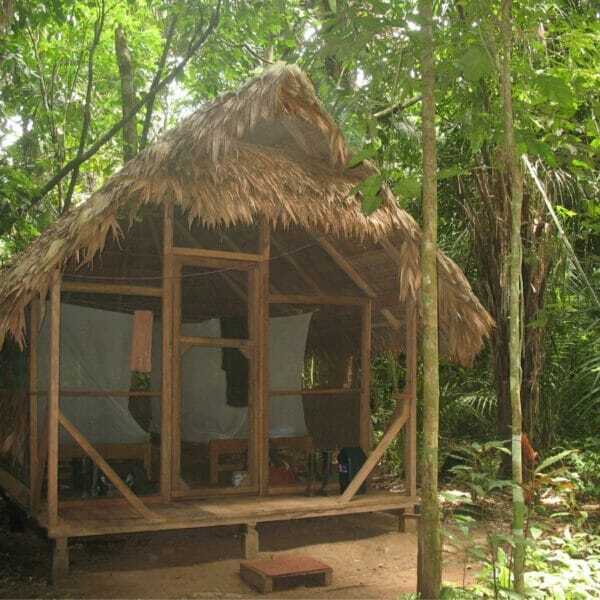
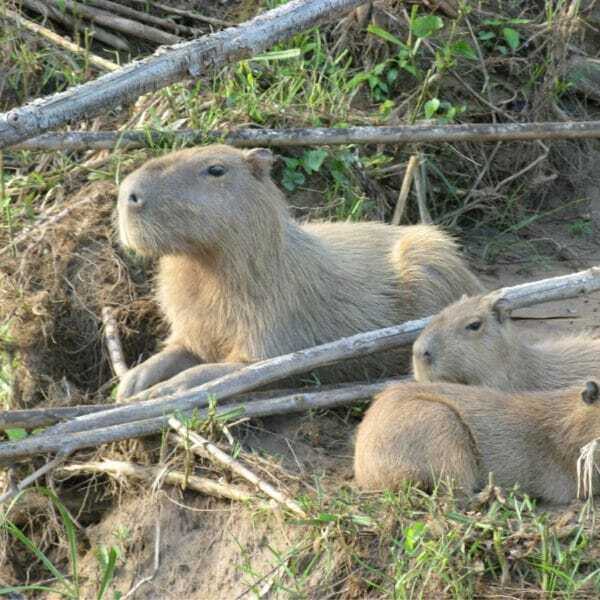
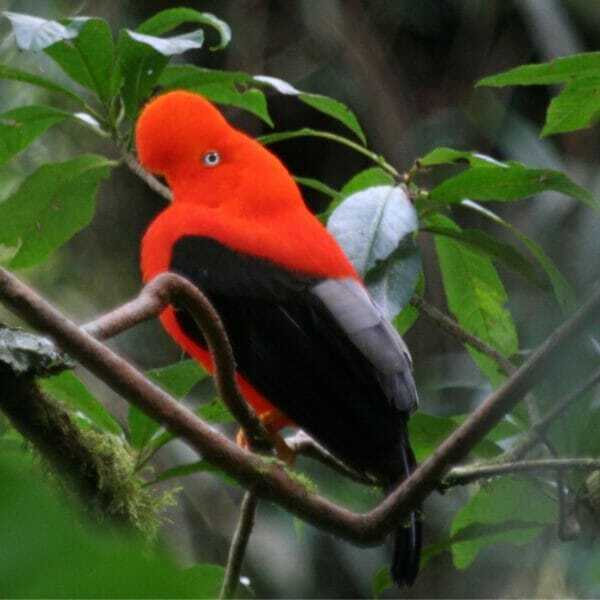
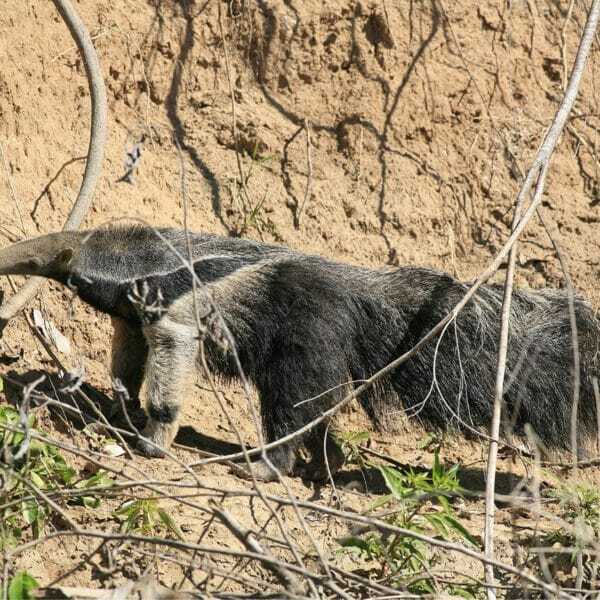
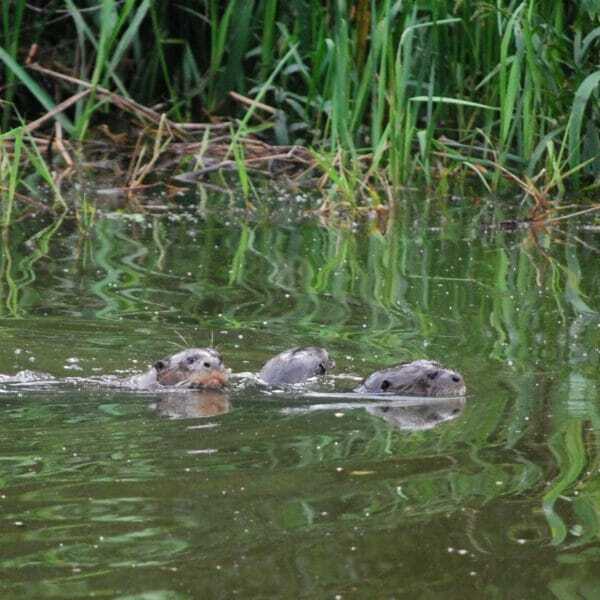
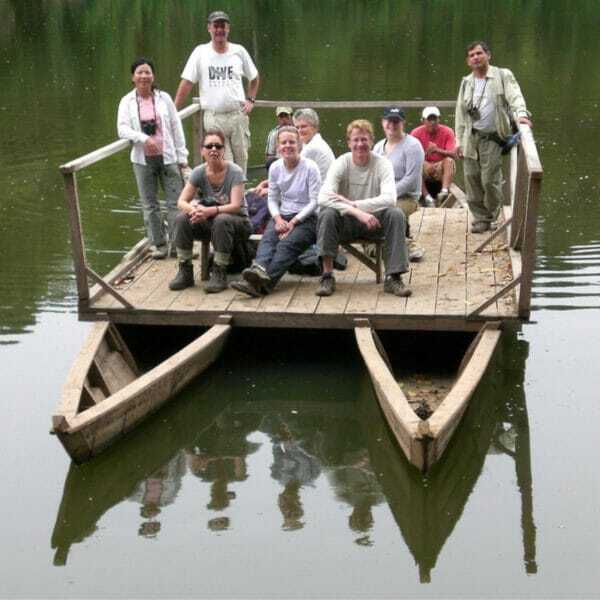
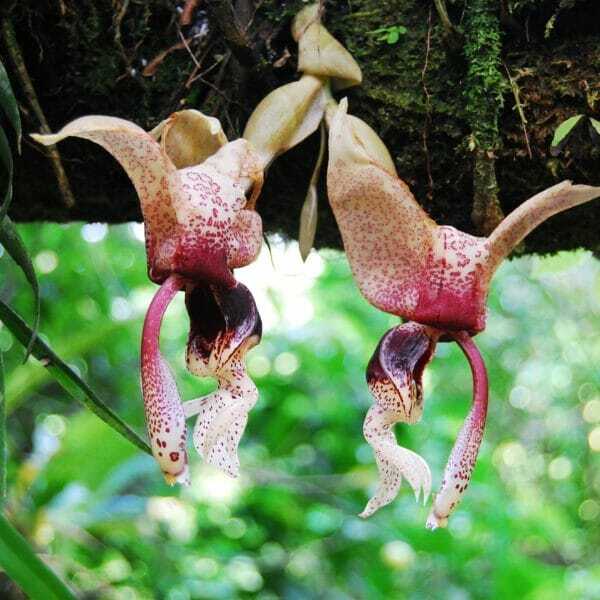
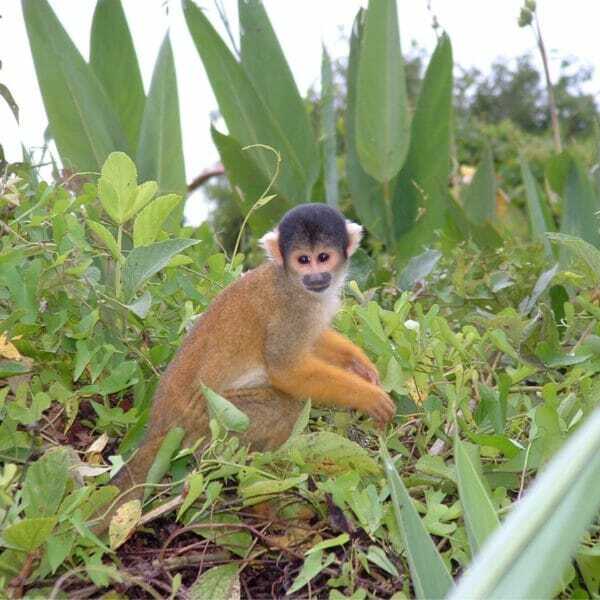
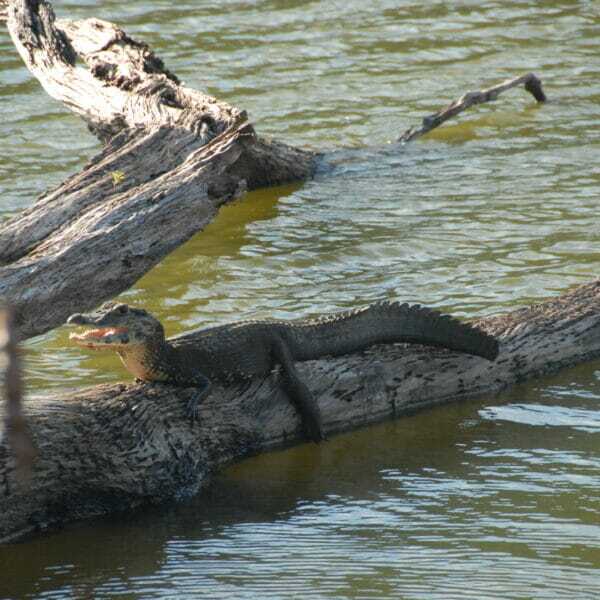
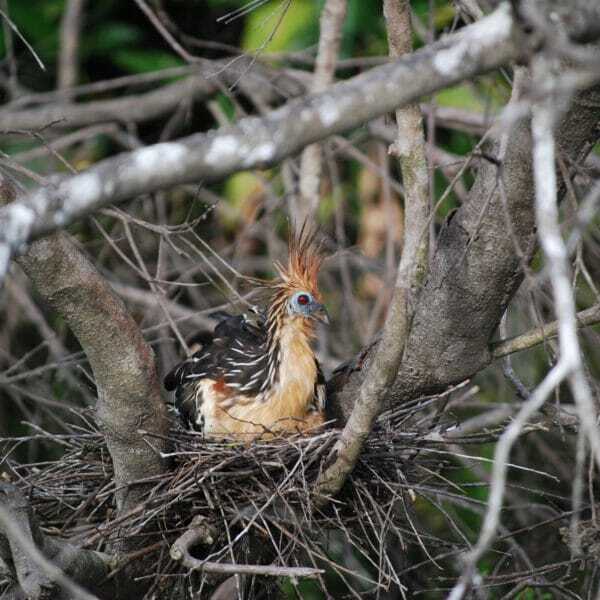
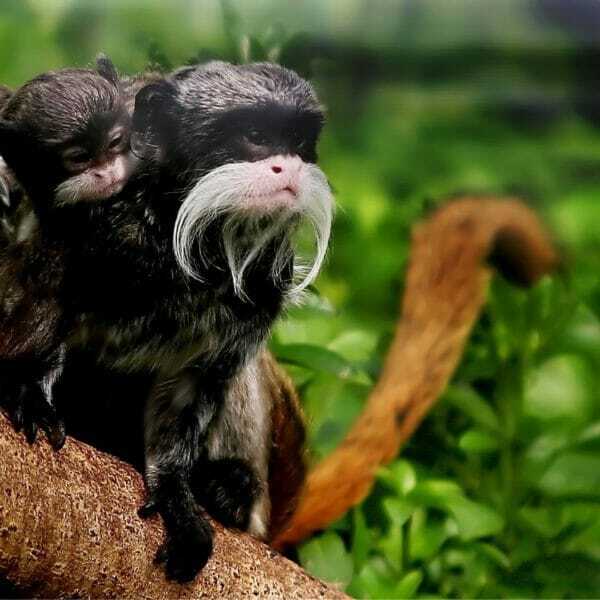
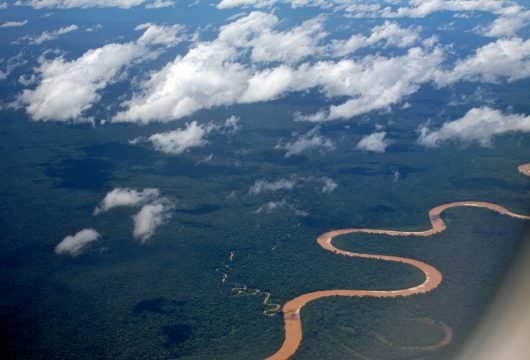
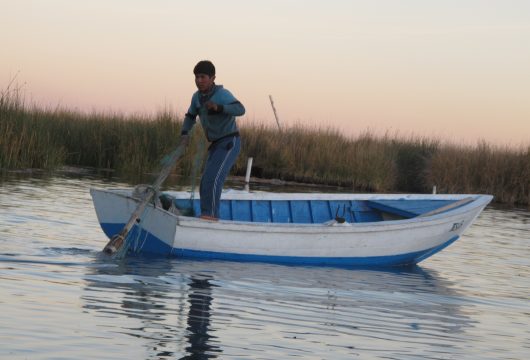
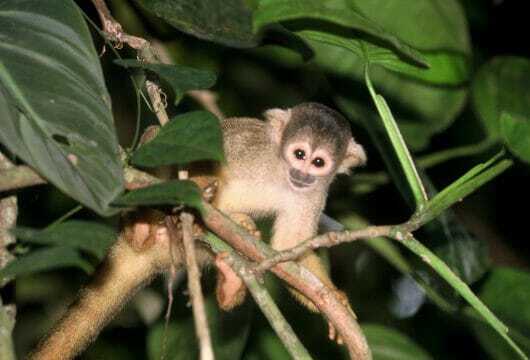
 a Tailor Made Tour
a Tailor Made Tour 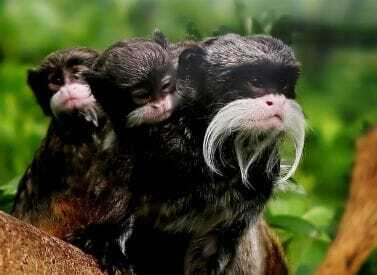
 a Group Tour
a Group Tour 